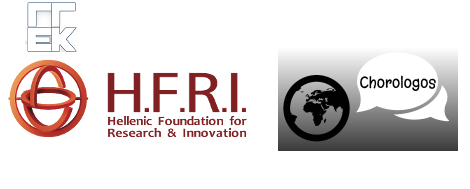CHOROLOGOS promises to move the research frontier a step forward in the area of semantic spatio-textual data management. Effective and efficient retrieval of spatio-temporal-textual data is a challenging topic, which has attracted considerable attention recently, not only from the academia, but also from the industry. Search engines (such as Google, Yahoo and Bing) and social network providers (Twitter, Foursquare, etc.) either collect or own vast-sized spatio-textual data sets, and conduct research in new methods and technologies for advanced analytics, in order to provide personalized recommendations, targeted marketing, etc. By exploiting CHOROLOGOS the analysis of massive spatio-textual datasets, typically encountered in the aforementioned domains and especially in social networks, is going to be facilitated significantly.
For more information please contact Christos Doulkeridis, email: cdoulk at unipi dot gr
For more information about the research group and the department, please visite the respective home pages:
Department of Digital Systems

